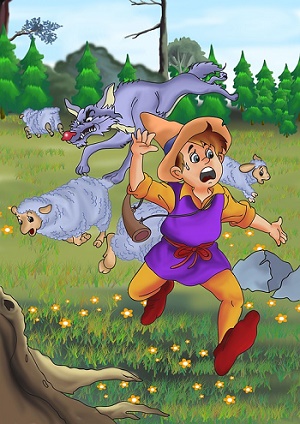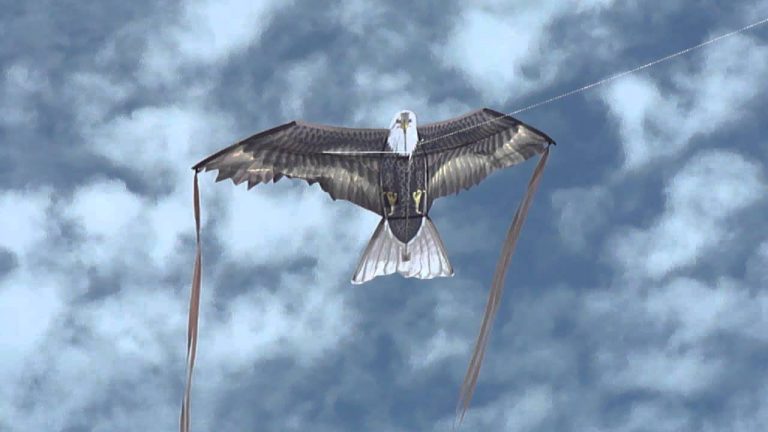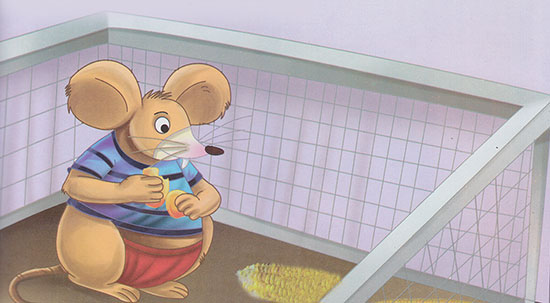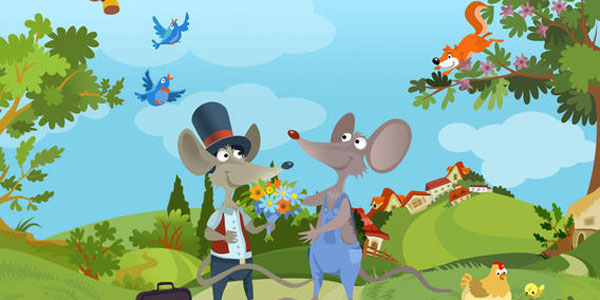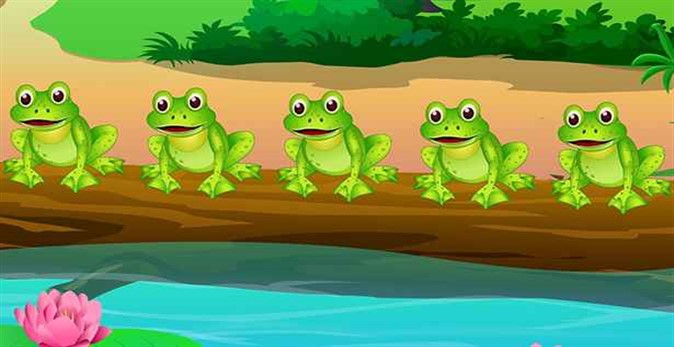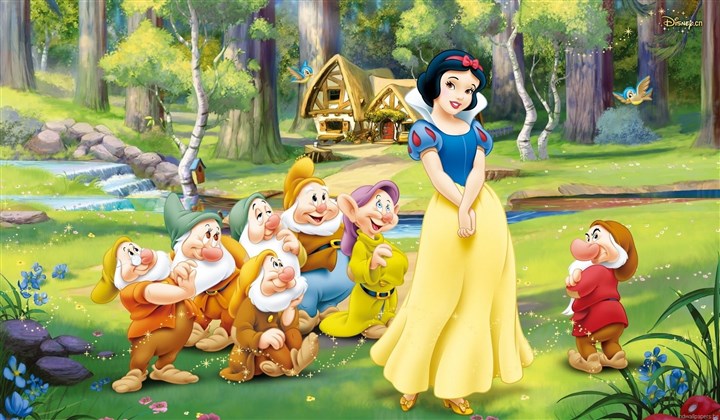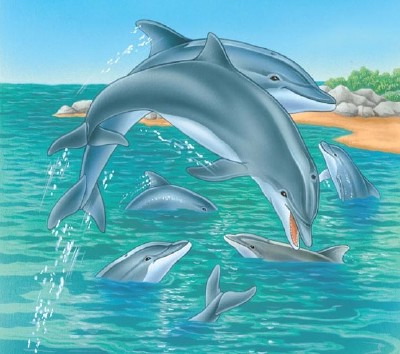 In the warm waters near the shore, a small herd of bottlenose dolphins plays among the waves. Two leap together high into the air, then they arc and dive in. Two other dolphins ride the surf on an incoming wave.
In the warm waters near the shore, a small herd of bottlenose dolphins plays among the waves. Two leap together high into the air, then they arc and dive in. Two other dolphins ride the surf on an incoming wave.
The dolphins move their tail fins up and down to gain speed. They use their flippers to make sharp turns and quick stops.
Dolphins can swim as fast as 23 miles per hour, and they can jump ten feet into the air.
A small group of dolphins hunting for fish comes up and “blows” together. The dolphin in the front is Mother Dolphin. She must go to the surface to breathe through her blowhole.
Dolphins are mammals which means they breathe air out of blowholes on the tops of their heads. They return to the surface for air about four times each minute. 
Dolphins find fish by making clicking sounds and listening to the echoes that bounce back. The dolphins can talk to each other by whistling and calling.
Mother Dolphin and two other adult dolphins find a school of small fish in the shallow water of a bay. The dolphins rush at the fish. The fish are swept up in the wave and pushed ahead of the speeding dolphins. They land on the sandy shore. The three dolphins snap up the fish and slide back into the water. Dolphins may look like fish, too, but they are really warm-blooded mammals. They breathe air from the surface, give birth to live young, and nurse their young with milk.
Soon Mother Dolphin will be ready to give birth to her baby. She has help from two dolphin “aunties,” who stay next to her. Other dolphins from the herd gather around them and whistle softly.
 As soon as Baby Dolphin is born, the two helpers guide her to the surface of the water for her very first breath. After she breathes, Baby Dolphin can float.
As soon as Baby Dolphin is born, the two helpers guide her to the surface of the water for her very first breath. After she breathes, Baby Dolphin can float.
Dolphins have their own underwater language of sounds, clicks, and whistles. They use these sounds to communicate with each other and the environment.
Mother Dolphin nurses her hungry Baby Dolphin near the surface of the calm ocean water. Mother Dolphin floats on her side and squirts her extra-rich milk into her baby’s waiting mouth. Baby Dolphin floats near the surface so she can breathe while she is fed. The “aunties” stay nearby and encourage the mother and baby with soft sounds.
Mother Dolphin will nurse Baby Dolphin for a long time. As Baby Dolphin gets older, she will eat fish, shrimp, and squid. Mother Dolphin stays beside her baby throughout the summer. The “aunties” also take care of Baby Dolphin.
Baby Dolphin is very playful and curious. She can swim well and loves to nudge her mother.
Baby Dolphin is growing fast. Soon she will grow a thick layer of blubber like her mother. It will help her float and keep her warm.
Baby Dolphin is getting tired after playing so much. At night, she sleeps just below the surface of the water like the other dolphins.
Baby Dolphin is quick to learn each dolphin’s unique whistle. The dolphins in the herd also bark, click, moan, and mew to keep in touch with one another and express their feelings.
Dolphins have no vocal chords, but they can produce sounds with a special oil-filled organ in their foreheads called the melon. These sounds come out of their blowholes.
The dolphins work together to take care of Baby Dolphin and the other young dolphins. They cooperate in feeding and defending the herd.
The dolphins are all spread out when a shark swims close to their group. Grown-up dolphins quickly surround Baby Dolphin and all the other young ones to protect them. Mother Dolphin stays beside her baby throughout the summer. The “aunties” also take care of Baby Dolphin.
 Baby Dolphin is very playful and curious. She can swim well and loves to nudge her mother.
Baby Dolphin is very playful and curious. She can swim well and loves to nudge her mother.
Baby Dolphin is growing fast. Soon she will grow a thick layer of blubber like her mother. It will help her float and keep her warm.
Baby Dolphin is getting tired after playing so much. At night, she sleeps just below the surface of the water like the other dolphins.
Baby Dolphin is quick to learn each dolphin’s unique whistle. The dolphins in the herd also bark, click, moan, and mew to keep in touch with one another and express their feelings.
Dolphins have no vocal chords, but they can produce sounds with a special oil-filled organ in their foreheads called the melon. These sounds come out of their blowholes.
The dolphins work together to take care of Baby Dolphin and the other young dolphins. They cooperate in feeding and defending the herd.
The dolphins are all spread out when a shark swims close to their group. Grown-up dolphins quickly surround Baby Dolphin and all the other young ones to protect them. Dolphins always travel in small schools, or groups, to protect themselves against predators.
Suddenly four other grown dolphins rush toward the menacing shark. The adult dolphins ram it hard with their beaks, lifting it clear out of the water. 
The shark flees, but some of the dolphins are exhausted and hurt. They help lift each other to the surface so they can rest and breathe through their blowholes.
The danger is gone, but Baby Dolphin stays close to the older dolphins. Baby Dolphin floats up with Mother Dolphin to take a breath of fresh air and rest for a short time.
If dolphins can protect themselves against their enemies like the shark, they can live a long time. Some dolphins live up to 35 years in the wild. After the dolphins have rested, they celebrate by playing games in the warm water. Baby Dolphin flips through the air and uses her tail to splash her friends.

